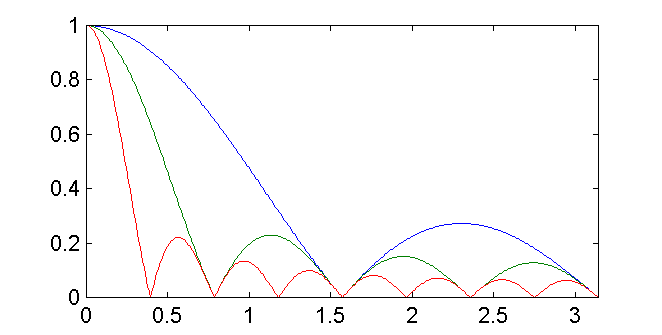It looks to me that the "moving anchor" algorithm does the same thing as the "sliding window" algorithm I proposed for an actuator (e.g. idle valve) output to prevent "shivering" of the idle air solenoid. I mentioned elsewhere that a sliding window 1-bit wide, on the A/D output signal, would be prudent, even in a very noise free environment.robs wrote:I agree that Greg's graphs look good, mine do too, but a dead flat tpsDOT graph is only cosmetically better than a jiggly one. If the jiggles are all less than tpsthresh there won't be any difference in running.
That said, one thing I was forgetting when I was urging the ditching of moving anchor is that it only evaluates tpsDOT when the physical move has been above a threshold. With a simple difference/time it is possible for a jiggle to only be (say) 0.2%, but so quick that it sets a quite large tpsDOT.
Lastly, if you are oversampling (even at just 5 ms), and do 2-pole filtering at say 10 ms each, a single 0.2% change in one sample, would result in a small tpsDOT. Filtering does this.

